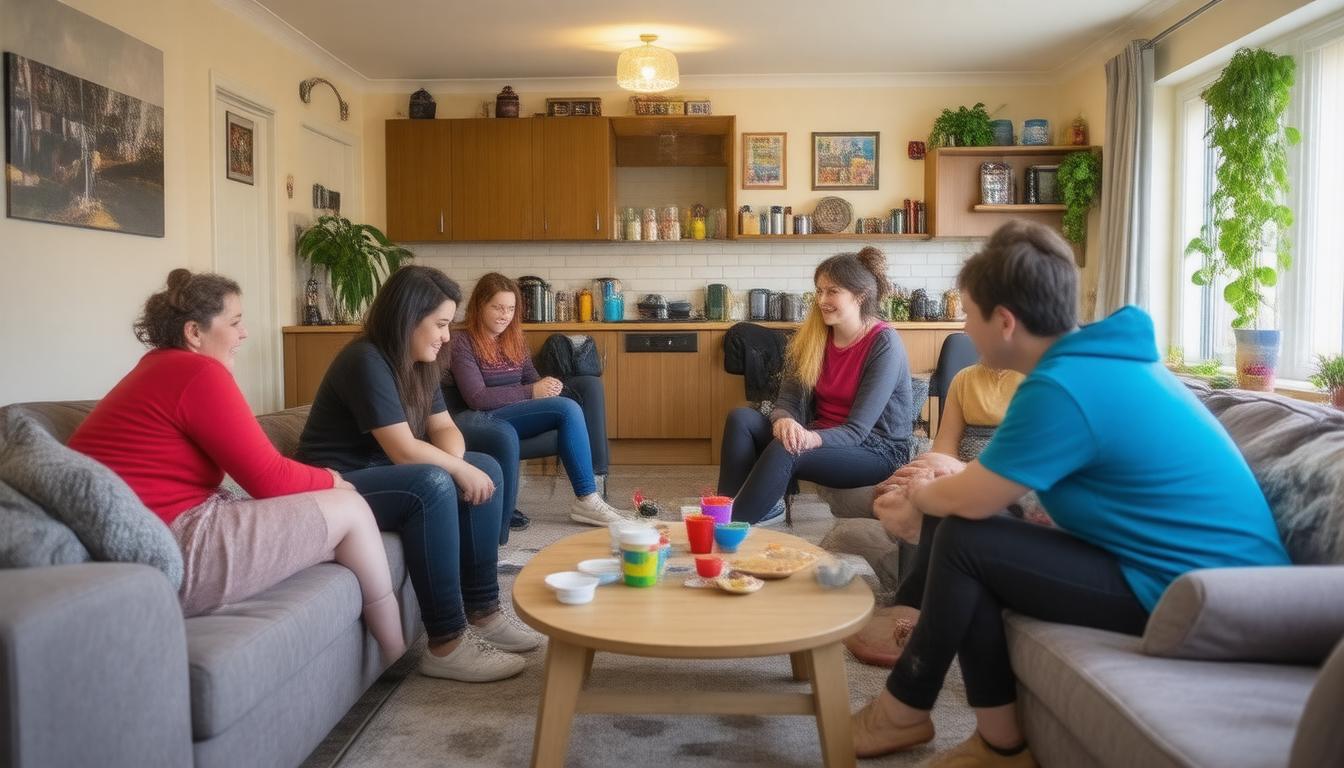Kent’s housing landscape is evolving, particularly with the increasing prevalence of Houses in Multiple Occupation (HMOs). Nearly 2,000 HMOs exist within the county, providing a living arrangement for diverse groups of individuals who share facilities and sometimes, difficulties. Unlike traditional homes, HMOs often accommodate multiple unrelated tenants, which can lead to unique communal dynamics as well as substantial challenges. As they are often converted from former bed and breakfasts or large residential properties, many of these HMOs can house a significant number of tenants—some even reaching up to 52 bedrooms. In recent years, there has been a rise in community concerns surrounding potential antisocial behavior and strain on local resources, especially regarding parking. However, the perspectives of the tenants themselves often go unheard in this discourse. To shed light on this issue, we delve into tenant experiences within HMOs in Kent, highlighting both the communal atmosphere they experience and the difficulties they face.
Key Takeaways
- Kent’s HMOs house a diverse range of tenants, highlighting the complexity of shared living environments.
- Concerns from neighbors often overshadow the voices and experiences of HMO residents themselves.
- Despite potential conflicts, many tenants find a sense of community and camaraderie in HMOs across Kent.
Understanding the HMO Landscape in Kent
Kent’s housing landscape has seen a surge in the prevalence of Houses in Multiple Occupation (HMOs), with nearly 2,000 such properties currently accommodating tenants across the region. HMOs are a crucial element of the rental market, frequently housing individuals from diverse backgrounds who share facilities in structural arrangements that can include large properties previously used as guesthouses or converted to meet housing demands. With roughly 475,000 HMOs across England, Kent stands out due to its unique mix of older dwellings and modern conversions, sometimes boasting configurations of up to 52 bedrooms. This growth trend in HMOs has sparked debates among local communities, particularly surrounding issues of anti-social behavior and parking congestion as new properties emerge (Local Government Association, 2024). Although much of the discourse often represents concerns from local residents, the experiences of the tenants themselves tend to be sidelined. John Moran, a tenant from a Canterbury HMO, reflects on this aspect, noting that, despite the dynamics of shared living—which can lead to conflicts—most residents generally foster positive relationships, emphasizing the importance of community in such living situations. Understanding the complexities of living in HMOs in Kent is essential as they play an integral role in the region’s housing solution in light of increased demand (Office for National Statistics, 2023). Further exploration of this multifaceted issue may provide balanced insight into the benefits and challenges inherent in communal living arrangements.
Tenant Experiences and Community Challenges
One of the critical factors influencing tenant experiences in HMOs is the management and maintenance of shared spaces. John Moran highlights the significance of having responsive landlords who ensure that common areas, such as kitchens and bathrooms, are routinely cleaned and maintained. Poor maintenance can exacerbate tensions among tenants, leading to disputes over cleanliness and the sharing of household responsibilities. Furthermore, the lack of adequate communal facilities can often contribute to feelings of overcrowding, particularly in larger houses where multiple individuals vie for the same amenities. According to a report by the National Residential Landlords Association, effective property management strategies are essential in reducing conflicts and enhancing tenants’ overall living conditions (National Residential Landlords Association, 2024). Additionally, the benefits of communal living, such as forming friendships and support networks, cannot be ignored, as they can significantly improve tenants’ experiences and foster a sense of belonging within the community, which is vital in addressing loneliness and isolation among young adults in particular.





